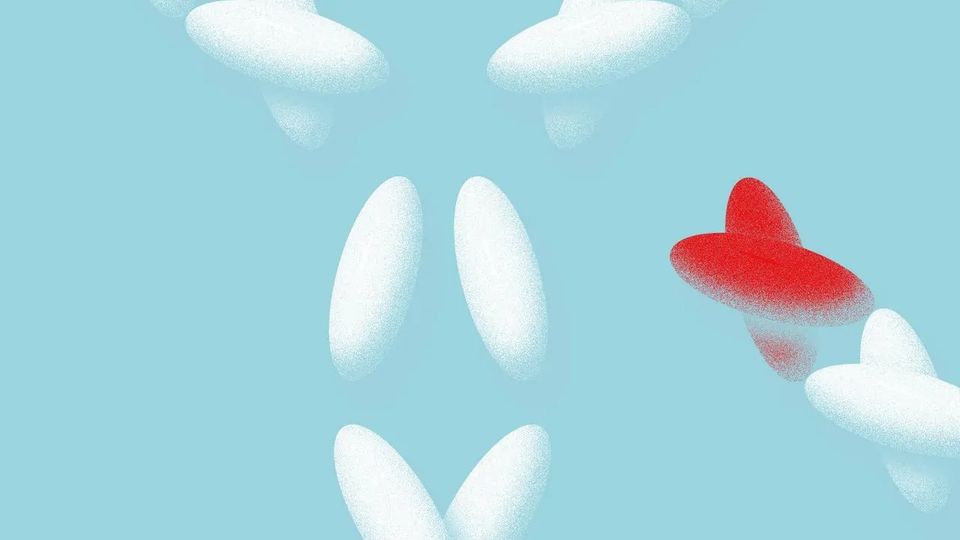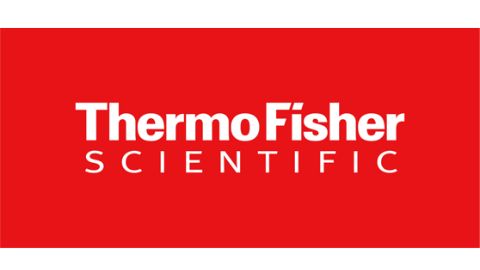Therapeutic antibodies are customized biopharmaceuticals used for the diagnosis and treatment of various diseases.
Traditionally, protein A resins have been considered the workhorse for therapeutic antibody purification. However, the growing diversity of therapeutic antibody modalities in the drug pipeline has revealed a need for new purification tools.
This infographic explores affinity resins specifically designed for the purification of different types of antibody modalities.
Download this infographic to discover:
- Different types of therapeutic antibodies
- Purification challenges of novel antibody modalities
- Innovative purification tools for each antibody modality
Antibody structure
Since the 80’s over 100 mAbs have been approved for therapeutic use. Currently, all approved therapeutic antibodies are based on the IgG antibody structure, a ~150 kD protein structure comprised of two identical light chains and heavy chains. Together these chains form a flexible Y-shaped structure.
Therapeutic antibody modalities
Purification Solutions for Novel Antibody Modalities
Therapeutic monoclonal antibodies (mAbs) are customized biopharmaceuticals used for the diagnosis and treatment of various diseases. Traditionally, protein A resins have been considered the workhorse for the purification of mAbs. However, the growing diversity of therapeutic antibody modalities in the drug pipeline has revealed a need for new purification tools. This infographic explores affinity resins specifically designed for the purification of different types of antibody modalities.
Learn more about Thermo Scientific™ MabCaptureC and CaptureSelect antibody affinity resins
Variable domains
(antigen binding)
Light chain
Fab region
Heavy chain
IgG antibody
Fc region
Constant domains
Absent or altered Protein A binding site
MabCaptureC
FcXP
FcXP
CH1-XL
KappaXP
LambdaXP
MabCaptureC
MabCaptureC
FcXP
FcXP
MabCaptureC
CH1-XL
KappaXP
LambdaXP
pH sensitive molecules (e.g., bi-specific Ab, Fc-fusion proteins)
Formation of dimers
and/or aggregation (e.g., bi-specific Ab)
Elevated levels of high and low molecular weight species
Overexpression of light chains and light chain dimers
Antibody-subdomain specific purification
Affinity chromatography resins specifically developed to bind antibody-subdomain regions are the solution to these challenges. CaptureSelectTM technology is based on single domain (VHH) antibody fragments immobilized on a chromatograhy matrix.
CaptureSelect antibody affinity resins enable increased purity and yield in a single step and are optimized to operate at higher pH compared to Protein A resins.
Antibodies can be engineered to create novel therapeutic variants. mAbs are homogenous preparations of antibodies, making them identical in protein sequence, antigen-binding recognition, affinity and downstream functional effects.
Find the purification solution that best fits your needs
Purification of antibody therapeutics
Usually, patients require several grams of a mAb as a clinical dose. Thus, therapeutic mAbs need to be produced at large scale. Over time, production processes, upstream as well as downstream, have been optimized to deliver high yields and to maximize efficiency.
Traditionally, Protein A affinity chromatography has been the method of choice for the purification of mAbs. pH
•
Affinity for the CH1 domain
•
Purification of all mAbs and Fabs irrespective of light chains
•
Does not bind free light chains (often product-related impurities)
•
Affinity for CL-Kappa or
CL-Lambda domains
•
Purification of Fab fragments
and bi-specific Abs
•
High dynamic binding capacity
•
Mild elution
•
Affinity for the CH3 domain
•
Purification of mAbs with
altered Protein A binding site
and Fc-fusion proteins
•
Mild elution
CaptureSelect™ CH1-XL
CaptureSelect™ KappaXP
CaptureSelect™ LambdaXP
CaptureSelect™ FcXP
MabCaptureC
Standard antibody
Bi-specific antibodies
Antibody drug conjugates
Fc-fusion proteins
Fab fragments
MabCaptureC
CaptureSelect KappaXP
CaptureSelect LambdaXP
CaptureSelect FcXP
VH
VL
CL
CH1
CH2
CH3
VH
VL
CL
CH1
CH2
CH3
*In order of recommendation
Resins for each antibody modality
CaptureSelect CH1-XL
Standard monoclonal antibody
This was the first modality to be used as a therapeutic. It has the basic IgG structure. It binds to a unique epitope of an antigen to activate or inhibit biological processes that are implicated in a specific disease.
Antibody Drug Conjugate (ADC)
mAb chemically linked to a drug or toxin. ADCs are used to deliver the drug to a specific target protein on a cell. This therapeutic modality is often used to attack cancer cells.
Bi-specific antibody
Engineered mAbs that can simultaneously bind to two different antigens or two epitopes on the same antigen. The dual functionality opens up a wide range of applications used in a variety of disease pathways.
Fc-fusion proteins
Fc domain of a mAb is fused to a functional protein. Fc-fusion proteins are often created to prolong half-life of the therapeutic protein. Fc-fusion proteins do not have antigen-binding properties like mAbs have.
F(ab) and F(ab’)2 fragments
Consists of the variable domain and the first constant domain of each heavy and light chain. These small molecules can enhance pharmacokinetic properties and increase efficiency of tissue or tumor penetration.
How do Protein A resins work?
Native Protein A is a 55-kDa bacterial cell wall protein that naturally binds to IgG molecules. Because of these binding properties,
Protein A can be used as a ligand on a chromatography support
and used for the purification of mAbs.
The MabCaptureC affinity matrix is a high-performance Protein A resin specifically designed to improve the purification efficiency of mAbs with intact Protein A binding sites.
Purification challenges of novel antibody modalities
The development of novel antibody modalities introduced some challenges in the purification process making Protein A affinity resins not always effective.
VL
CL
CH1
CH2
CH3
MabCaptureC
MabCaptureC
CL
CH1
CH3
CH3
CH3
CH3
CH1
CH1
CL
CL



